“You will hear thunder and remember me, and think: she wanted storms…” ― Anna Akhmatova
It’s been a little while since I posted anything on here. So, today I want to break my blogging hiatus by continuing my Badass Bitches series and write about two of my big loves: folklore and feminism. Or, more specifically, how often the two intertwine within mythology. This blog will be niche, I’m warning you now.
Much like history, mythology can be a bit of a boys’ club. I won’t rattle on about representation or power dynamics within storytelling too much right now, but it is relevant. As Classicist Emily Wilson said in a recent article for the Guardian: “The works of dead, white elite men have largely been translated by living, white elite men.” The impact of this is undeniable, as is the gendered way these stories have been told and retold.
Anyway, my interest in mythological ladies started when I stumbled across Durga last year while researching a blog for work. I admit, I fell a little bit in love (okay a lot – but wouldn’t you with a ten-armed, tiger riding warrior goddess!?). After Durga I slipped into somewhat of a curiosity hole and here I am: re-emerged months later with myth all over my hands and face.
In a pursuit fuelled by love, I’ve collected the tales and triumphs of mythological ladies from across the world, and thrown in a few weird ones for good measure. I’ve tried to be as diverse as possible in my search, but if you have any additional ladies you’d like to include, let me know (no really – I’d *love* to learn about them).
(Psst: You can find my previous two (historical) versions of the Badass Bitches series here and here).
Medusa
Let’s start with one of history’s most misinterpreted figures: Medusa. Now, Ovid’s telling is a familiar one; her story begins when she was a young and beautiful maiden, living and worshipping in the temple of Athena – a warrior goddess known for her wisdom.
Medusa’s troubles started when she caught Poseidon’s eye. He did what men in myth (and Hollywood) seem to do: he broke into Athena’s temple and raped Medusa. Athena was outraged and blamed Medusa (adding guilt to the weight of her trauma and violation). Athena castigates Medusa by stealing the one thing she had and her only currency: her appearance. Condemned to a head of live snakes and a face so hideous she turned anyone who looked at it to stone, she retreated to the hills to live as a single mother to a couple of gorgons.
So it goes, for a little while. After a few months or years of avoiding her kids’ deadbeat dad, wannabe macho man Perseus appears. On the lookout for a monster gross enough to score him bragging points for eternity, he sets his scope on Medusa. We all know how the end of the story goes.

Since her slaying, she has long been an insult used to silence women, particularly in politics, yet, there is another story here. The likes of Hélène Cixous, Sylvia Plath and many others have all approached her story from another perspective. Here goes.
Athena was too smart to punish one so faithful. Some feminists argue that rather than chastising her, Athena was actually protecting her: she gave her a defence so strong that no man could ever hurt her again. Medusa’s face is not just an escape from or a rejection of the male gaze, it necessitates the complete destruction of it. Like so many victims of sexual abuse she retreated away from her sexuality, choosing instead to live as a one woman hurricane in her own private paradise.
That is, of course, until I’ve-gotta-prove-myself-Perseus needed a monster to maim.
Lilith
Lilith is the lady that started it all: all-at-once a terrifying she-demon and great party guest, I’d take her story over Eve’s any day. She appears across cultures and can be traced as far back as the Mesopotamians. However, she really comes into her own in an early Medieval Jewish text, the satirical Alphabet of Ben Sira. The story goes that she was Adam’s first wife and was created from the same dirt as him (rather than his rib, a la Eve).
All seemed to be going well in the Garden of Eden, but Lilith grew restless. Adam was nagging her and she refused to submit to him, both mentally and physically. So, she did what many ladies do when confronted with an oppressive partner: she ran. When Adam kept harassing her to come home, she shacked up with a new boyf and settled into her new found freedom.
History, however, was not so kind to her. In her refusal of god and husband she was demonised (literally). In the mystical 12th century work the Zohar, she also becomes Satan’s main squeeze. Or rather, one of his four demon wives. Interestingly, depending on the text, Samael is seen as both good and bad (despite being affectionately known as “the poison of god”). Meanwhile, his lady lovers were succubi: set to roam and torment the wet dreams of men everywhere, stealing babies and corrupting hearts as they go.
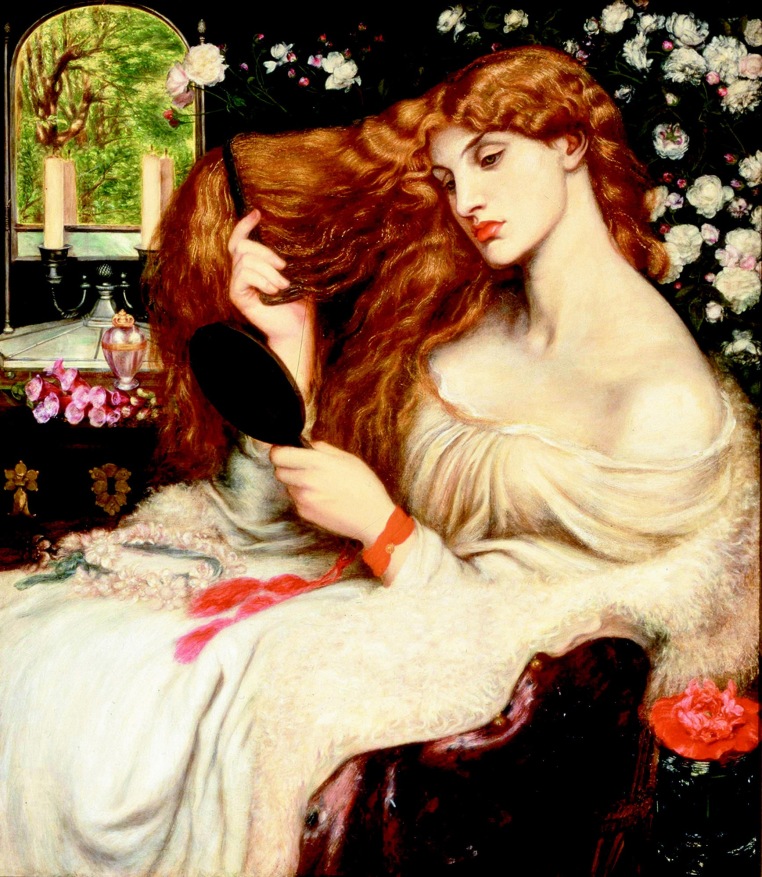
In more recent times however, we’re starting to hear her side of the story. Take for instance theologian Judith Plaskow, who in 1972 wrote a parable called “The Coming of Lilith.” Lilith quite simply didn’t feel like taking Adam’s shit, given that they were made from the same dirt and all. All Lilith did was fight against domination with the only thing she had: herself.
If that’s not enough, in Greek mythology she’s known as Lamia, a beautiful vampire that loves nothing more than sucking the blood of clueless men. Lamia’s mother is the even more wonderful, Hecate…
Hecate
Greek Goddess of the in-between, guardian of doorways and friend of dogs. Hecate is the deity of magic, ghosts and necromancy. She is a woman of both duality and contradictions, and her origins are murky. She is thought to have first been adopted by the Carians of Anatolia (modern day Turkey). From here, she was integrated into the Greek pantheon and was often depicted in entranceways, as she was thought to guard the occupants from restless and unwanted spirits.
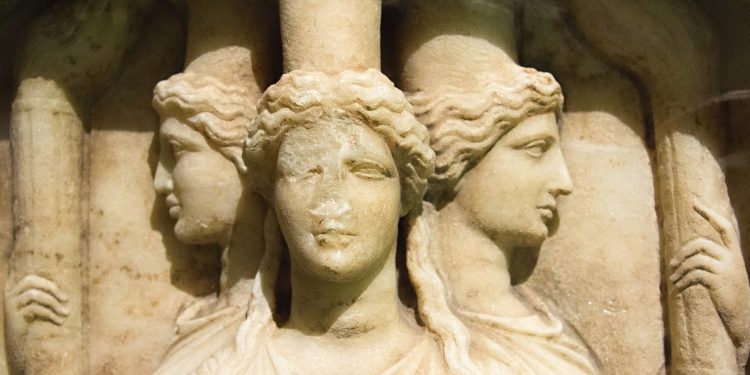
Likewise, shrines to Hecate at three way crossroads were common (and still are). Interestingly, throughout history, crossroads have been associated with magick. This is owing to the role crossroads have played across cultures; in Christianity, criminals, heretics and suicide victims were buried on the outskirts of town. Trapped in a perpetual state of nowhere-ness and liminality, this in-between became saturated with dislodged souls, and drew witches looking to conjure spirits and even summon the Devil. Similarly, American folklore is littered with examples of blues musicians selling their soul for musical ability, and in Haitian Voodoo, Papa Legba stands at spiritual and physical crossroads, allowing or denying the inquirer to speak to the dead.
Durga
Ah, Durga. Where do I begin? With her ten arms, each brandishing a weapon, or her penchant for riding tigers and lions into battle? Her name literally means ‘invincible’ and ‘impassable.’ Anyway, she is one woman you would not want to meet in a dark alley (but what can we expect from Kali’s kinda-mama?)
Depending on the religious text you read, she has various incarnations, but she most notably appears as a version of Parvati, a mother goddess and wifey of Shiva. And she’s pretty important in Shaktism branch of Hinduism; within the Devi Mahatmya (aka Durgā Saptashatī) she is heralded as the Supreme Being and creator. Away from her cosmological accomplishments (like, yanno, creating the universe) and various battle stories, she is also a protective, moral figure.
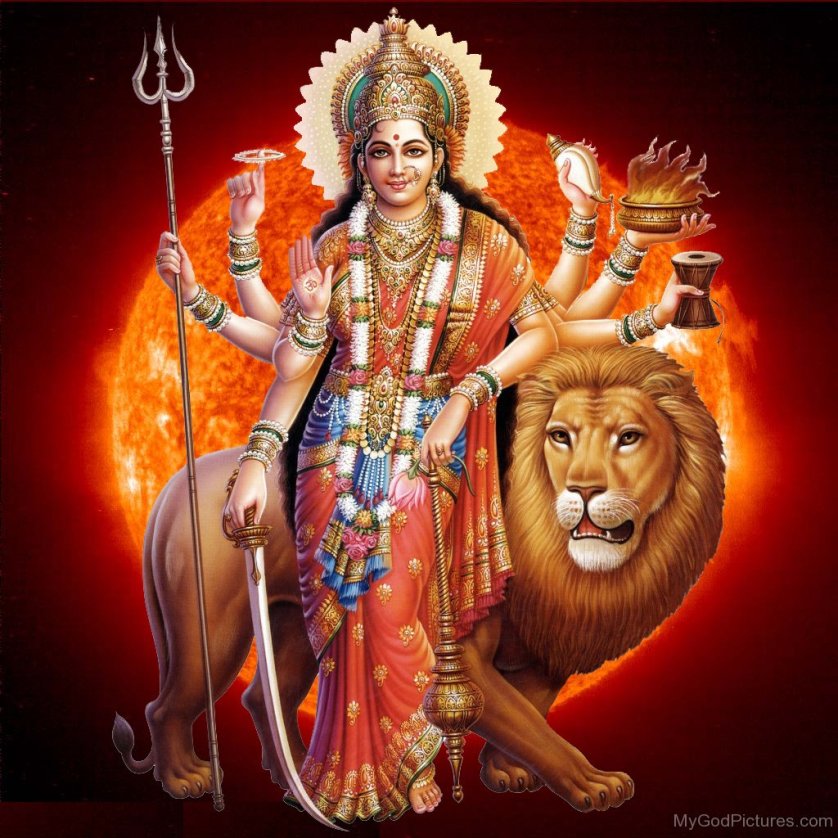
Like her consort, Shiva, she is a three-eyed goddess. Her right eye, represented by the sun, symbolises action; her left, shown as the moon, signifies desire; and her middle eye, illustrated by fire, means knowledge. But that’s far from her only emblem: in each of her hands – which range from eight to 18 – there is a symbolic object (you can find out more here). Also, her tiger riding isn’t for lols either, as it represents power, will and determination.
But of all of her stories, my favourite has to be the one that merges with Kali’s conception. Which leads me to…
Kali
She may be one of Hinduism’s most iconic deities, but like Medusa, she’s among the most misconstrued. Now, if all your image of Kali comes as the result of Indiana Jones, I don’t blame you but you are wrong. Named ‘the destroyer of time’, you shouldn’t let looks deceive you: she is no more evil than the watch on your wrist is.

Time in Hinduism is circular and if you’re unfamiliar, it helps to consider her in relation to the Hindu Trimūrti/triumvirate. Consisting of Brahma the creator, Vishnu the preserver and Shiva the destroyer, life, matter and all kinds of existents manifest through the continuous destruction and reconstruction of life and time (known in both Buddhism and Hinduism as Samsāra).
Images of her are typically violent, but much like Tibetan Buddhist iconography, the more ferocious the appearance, the more enlightened they are (‘wrathful’ deities usually lead sentient beings to enlightenment – and we thought the Abrahamic god was the only angry god?).
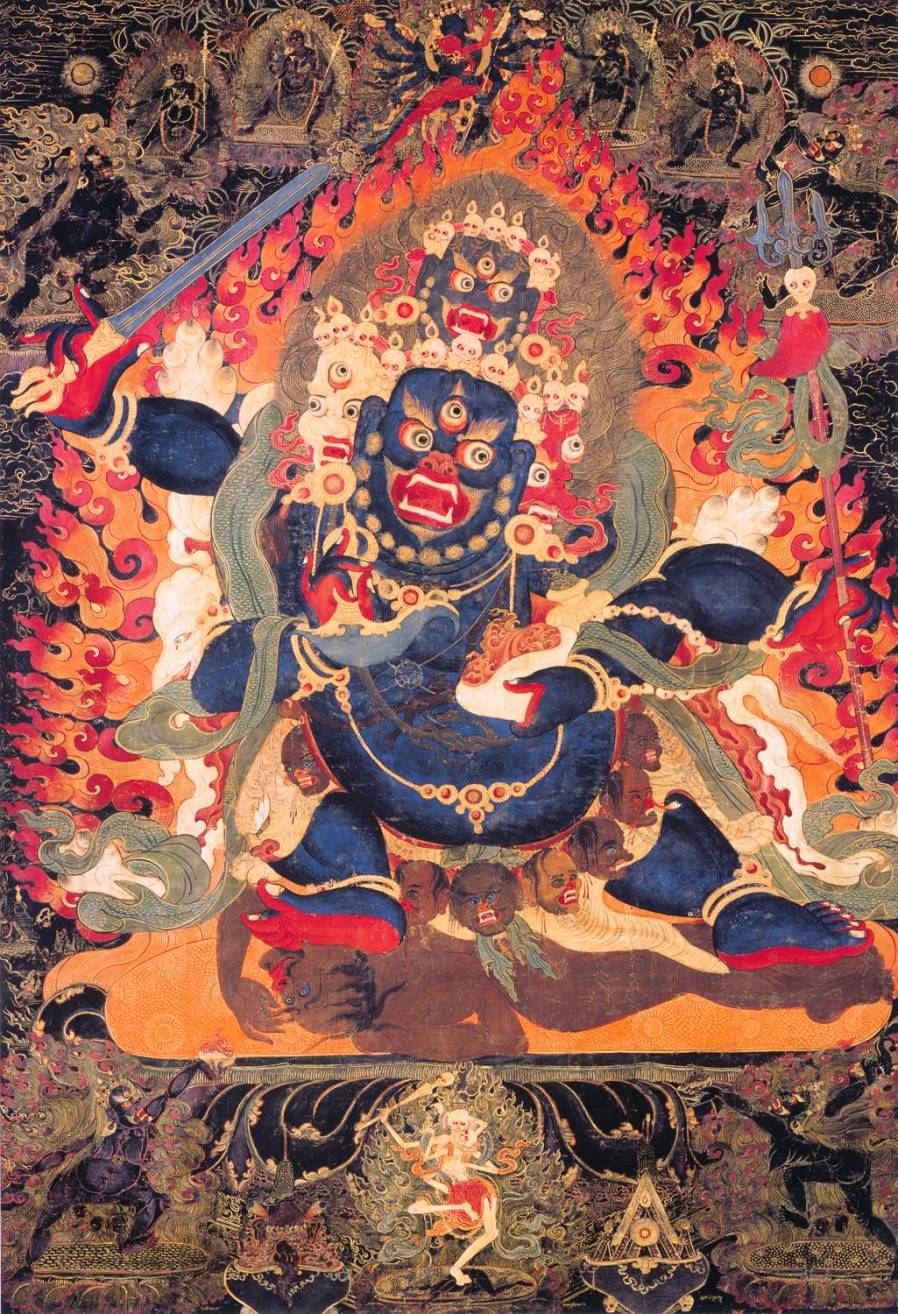
Anyway, here’s my favourite story: there’s a demon called Rakta Beej who’s been causing chaos in ancient India. He had the annoying ability to duplicate himself whenever a drop of his blood is spilled, which made him pretty hard to take out. Shakti, in the form of Durga (it gets a bit confusing here because many Hindu deities are manifestations of a select few, but Kali and Durga are both incarnations of Shakti), is summoned to fight him.
But even this ten armed warrior goddess couldn’t keep him from multiplying. She grows so furious that her face turns dark and out of the sweat on her brow: Kali springs. Despite her choice of attire – namely tiger skins and a necklace of human heads – this seems to be good news at first; she wipes out the army of Rakta Beej’s clones before killing him, ripping his head off and draining his body of blood.
The trouble arises when she realises she’s not only quite good at tearing demons apart: she actually kinda likes it. She basically goes a bit mad with blood lust, tearing off heads and guzzling blood for a while, but hey – Mondays eh? To calm her down, Shiva lies among the corpses she’s dancing on. When she realises it’s her husband below her, she is embarrassed (hence the out-stuck tongue) and then soothed (this is why the two are so often depicted with her stood/dancing on his chest).
Yennenga
Yennenga was a legendary princess and only daughter of Na Gbewa, the king of Pusiga, a territory in 12th-century northern Ghana. She was beautiful, brilliant and beloved by her people, but what earned her timeless accolades however, was her prowess as a warrior and horse-woman. Unlike many women that existed in that century (or indeed, many of the ones hereafter), she fought for her father against the neighbouring Malinkés from the age of 14, and even headed her own battalion.
Yennenga was known for her military expertise and her dexterity with javelins, spears and bows far surpassed that of her brothers. On horseback she was formidable; garnering her such fear and respect her father refused to let her marry. To express her sadness, she planted a wheat field and left it to rot. Her father, missing the point, went full fairy tale witch and locked her away.

She was not to stay hidden for long. She had favour among the king’s men and enlisted the help (and stallion) of one to escape in the night. During her journey, she travelled through desert and jungle. Eventually reaching a river, her and her horse fought against the current and reached the other side. It was here she met the famous, lone elephant hunter Riale. The pair fell in love and soon had children, one of whom, Ouedraogo, would go onto found the Mossi Kingdom.
Now, like a she-wolf, Yennenga is heralded as a symbol of both ferocity and motherhood. Her story perfectly embodies the multifaceted nature of women – something that has long eluded men and portrayals of us in the media. We do not exist on one end of the spectrum; we are more than mother or muse, warrior or princess. Yennenga may not have started out with a choice, but she snatched back the agency of her own life and like the river, determined for herself the course she wanted her life to take.
Ahalya
Ok so the inclusion of Ahalya is not so much out of badassery, but rather that her story is absolutely insane. I think in some ways Ahalya represents what I love about Hinduism: its dichotomy. It is at once ancient and wise, but at the same time really (and I mean REALLY) fucking weird. So buckle up: you won’t have come across this in Bible studies.
Ahalya has a couple of conception stories: one featured in the Bala Kanda and Brahma Purana noted that she was moulded by Brahma himself; while others, like that seen in the Mahari dance tradition, say that Brahma created Ahalya out of water and made her to be most beautiful woman (in myth and in life, we ladies are valued highest when we’re attractive – go figure).
Whether birthed by water or by womb, one thing is certain: Ahalya was beautiful. Myths vary in strangeness and unsurprisingly, rape-iness, but most agree she was betrothed to an old af, ascetic sage called Gautama. This irritates Indra, the god of the heavens and thunder, who had long had a crush on Ahalya.
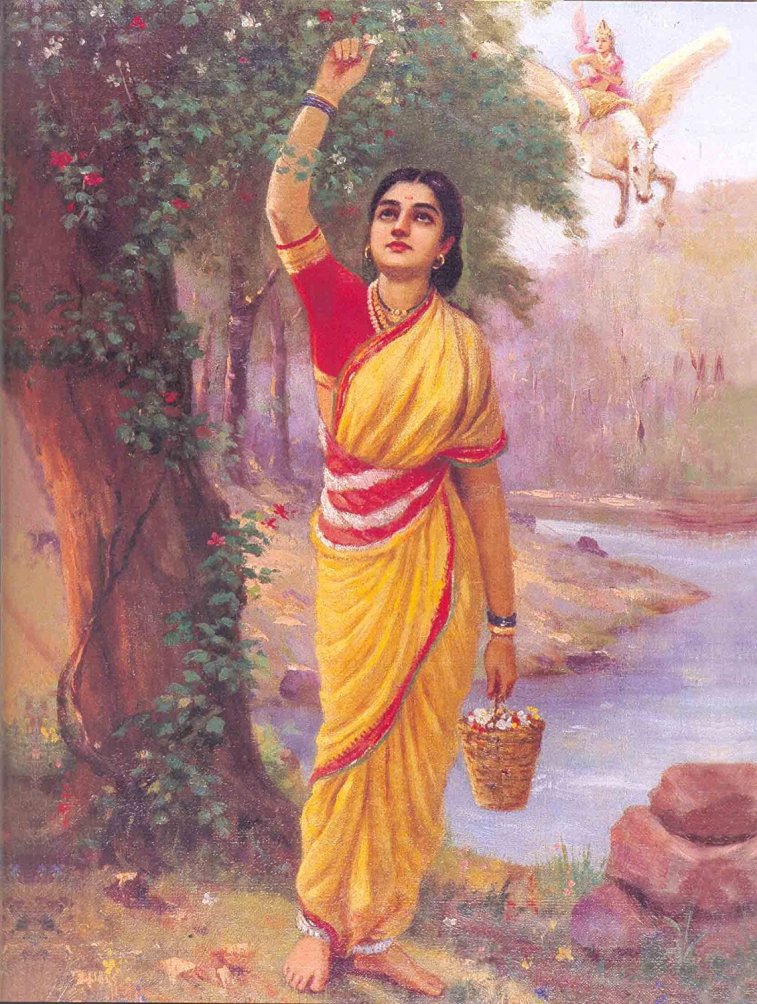
Anyway, like a lot of ladies on this list, her crime was having the tenacity to exist in a female shaped body. Myths vary and contain both shapeshifting and seduction, but we’ll go with the one where she actually has a choice, gets bored of her old hubby and decides to shack up with Indra while he’s out of town. When Gautama returns, he’s understandably infuriated to find his wife in bed with a god, and curses them both.
It’s the curses that warrant her entry on the list: Ahalya, for her part, is turned into a stone and is condemned to remain as one until Rama touches her with his foot (as feet are the closest body part to the ground, they’re seen to be both spiritually and physically unclean in some Asian cultures). Indra, meanwhile, suffers a fate far more bizarre: his whole body is covered with a thousand vulvae that turn into eyes when he bathes in the Gautami River. Jesus, eat your heart out.
And on that note: have I missed any ladies off the list? Let me know! Also, don’t forget to check out my previous two (historical) versions of the Badass Bitches series, here and here.

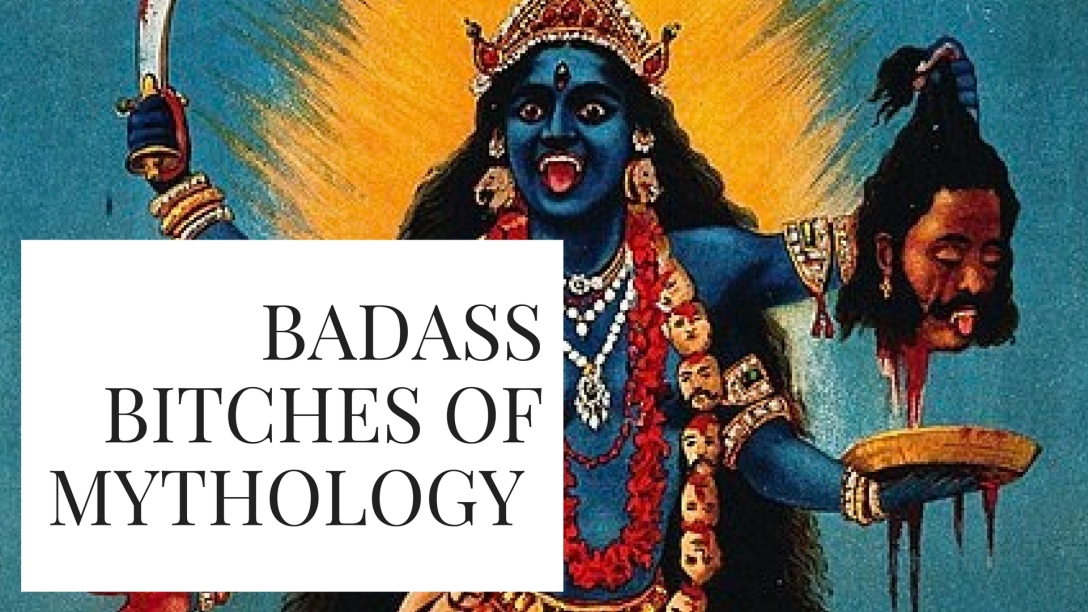
[…] about history’s forgotten ladies? Check out my Badass Bitches of History (one and two) and Mythology […]
LikeLike
Reblogged this on ReBirth: The Pursuit of Porsha.
LikeLike